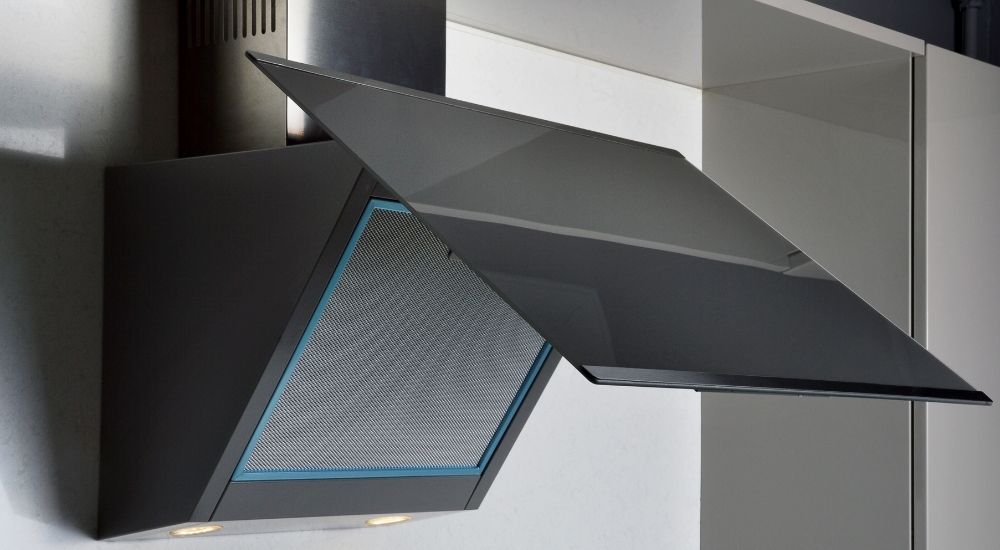
Constant heat and fire are typical in every commercial kitchen during business hours. Due to this certainty, restaurant owners know all too well the importance of having a reliable fire and smoke management system.
Despite prevention protocols, fire and burning incidents are still prevalent in the food and beverage industry. After collecting fire reports in four years, the Nation6s]’;.,mezcal Fire Protection Association (NFPA) concluded that there were 7,640 structural fires in restaurants and drinking establishments, causing over $246 million in property damages.
Moreover, FEMA also indicated that a commercial kitchen fire could result in an average loss of $23,000. For about 43% of these incidents, the fire incident led to complete property damage, forcing most businesses to shut down operations.
While fatalities were far less common than they used to be, hefty property losses due to kitchen fires continue to be a considerable obstacle for many restaurant owners. Aside from the constant interaction with fire in kitchens, these worrying statistics have necessitated effective fire prevention systems, such as grease duct access doors and panels.
Grease Accumulation
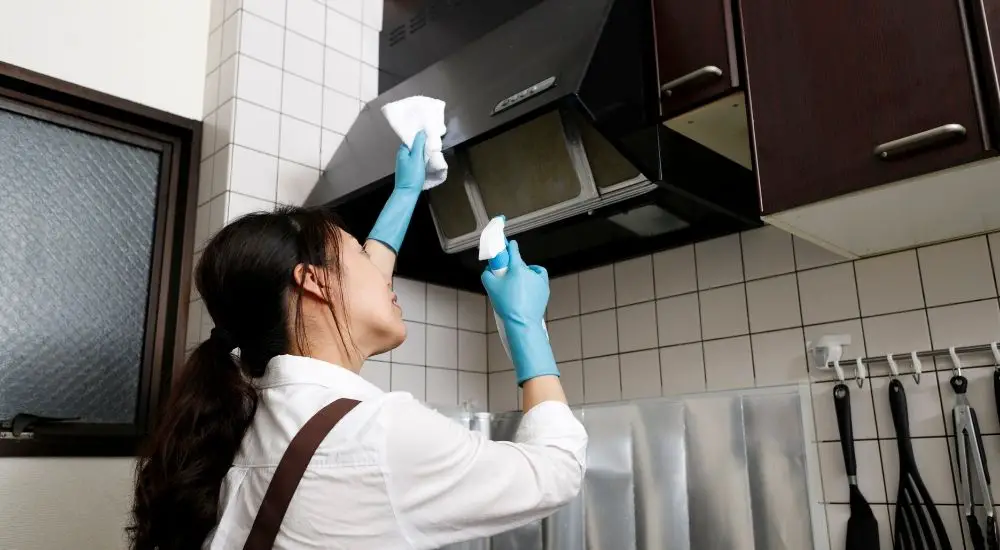
Grease is standard in every commercial kitchen, and its highly combustible nature is extremely hazardous once ignited. A grease build-up can pose a significant threat to the business, as grease is not only flammable, but once it ignites, it is tough to extinguish. Once ignited, do not replenish grease fire with water since it could cause more damage.
The exhaust systems and hood ventilation help mitigate the dangers of grease, but they need to be cleaned and maintained regularly. Every kitchen has a fast-paced environment, and while putting a hold on the business to conduct duct maintenance seems unnecessary, the process is crucial in preventing fire incidents.
Regularly removing oil build-ups in your vents is an effective preemptive way of preventing potential fire risks. Aside from maintaining the freshness of the ingredients and keeping the kitchen clean, the staff should also make it a point to remove grease traps whenever they see one.
Grease Build-up Hazards
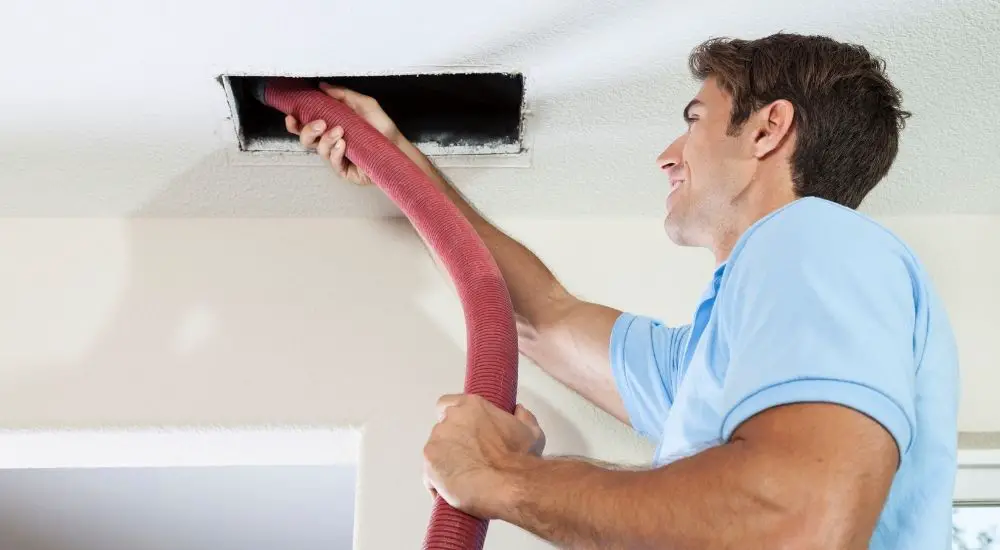
Uncontrolled fire is generally dangerous in any commercial establishment. When it comes to restaurants, the presence of grease build-ups can easily amplify the threat of fire-related accidents. Apart from fire, grease can also instigate other hazards in the kitchen, such as:
- Increased Risk of Injury – Employees may slip and fall when multiple oil splatters are on the kitchen floor. Employers must address these issues with proper staff training and cleaning tools, especially since this particular risk is included in OSHA regulations.
- Plumbing Issues – You can readily work with grease in liquid form, but it becomes a gelatinous plumbing disaster once it hardens. When oil is allowed inside the drain, the cold water or pipe can gradually solidify any remnants of grease and instantly obstruct the pipelines.
- Environmental Hazard – Grease may not seem like an immediate concern for ecological responsibility, but a build-up in your kitchen exhaust hood could be a potential environmental threat. When you don’t change the oil absorbent pads in the hood once a year, the build-up can flow down and pollute the nearby water supply when it rains.
- Pest Infestation – The smell of fried food is undeniably delicious to us, but the lingering smell of fat and grease can attract insects and vermin into your kitchen. If not adequately handled, sanitation issues can close down your business.
There are many ways to prevent commercial grease fires, and it all starts with maintaining cleanliness in your restaurant. If possible, grease cleaning must be done frequently, specifically if your business primarily serves fried food. In addition, you also need to regularly clean exhaust and duct systems with the help of a grease duct access panel.
Types of Commercial Grease Duct Access Doors
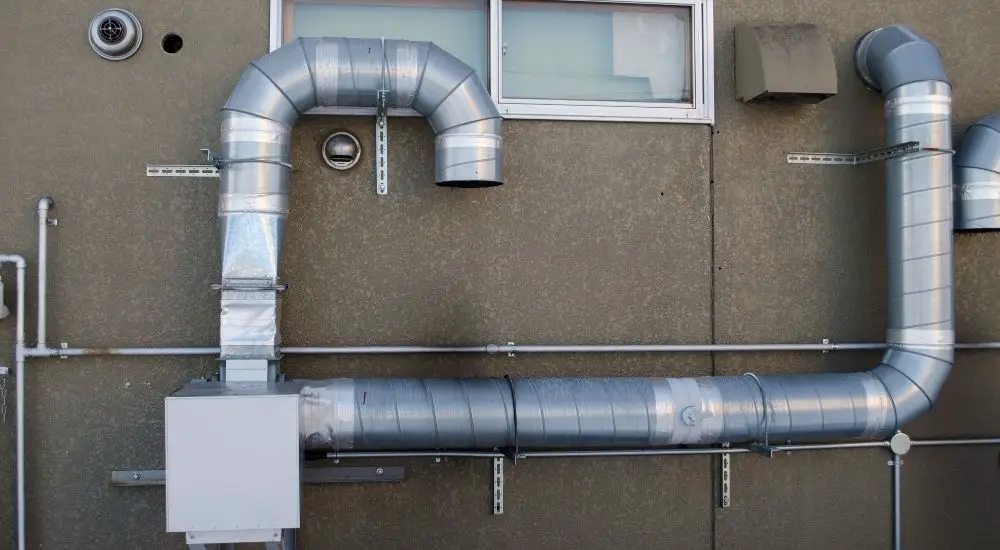
The buying decision you make when choosing a grease duct access door can significantly make a difference in the safety of your commercial kitchen. When selecting a grease duct access door, understanding its types and the purpose of each can ultimately help you make the right choice.
The access panel you choose would primarily depend on the type of duct your kitchen has. A round duct would require a circular grease duct panel, while a rectangular duct system would require an access panel in the same form.
If you are in the process of installing a new ductwork system, keep in mind that many business owners prefer round grease ducts due to function, efficiency, structural integrity, and even aesthetics.
Furthermore, ASHRAE has statistically proven that rectangular ducts are more prone to leakage. In their 90.1-2013 Energy Code standard, the committee states that rectangular grease pipes would leak 50% more than the allowance.
Reputable suppliers offer various types, sizes, weights, and UL/ULC grease duct access panels certification. For fire safety reasons, the panels must meet NFPA 96 standard and be fire-rated for up to a certain degree.
As for the materials, the grease duct units are often built with galvanized steel and stainless steel in grades 304 and 316, where they are sometimes welded into the grease duct when necessary. However, the products must be aligned with the NFPA 96 construction standards regardless of the material.
- The access panel must be manufactured in the same thickness as the ductwork.
- The gasket sealants must have a fire rating of at least 1500 degrees.
- Grease tight
- Stainless or carbon steel fasteners
- The fasteners should not puncture the duct walls.
- Easy-open feature and can be opened without the need to use tools.
- Door mounts need to have a secure fit over the opening.
Moreover, the NFPA regulation requires the access openings to be:
- Entry points need to be present every 12 feet and at every turn in the direction of the horizontal ductwork unless the duct tube is large enough for entry.
- Access openings are necessary within 18 inches of hood dampers.
- Openings in vertical ducts must be on every floor or the top of the vertical riser if personnel entry is possible.
- Exhaust fans with ductwork connected to both sides shall have access within three feet (0.92 m) on each side of the fan.
Identifying what your restaurant needs to control grease build-up is crucial in purchasing the right grease duct panel. Maintaining and implementing the above requirements can also help in ensuring the safety of your business and staff.
THE BOTTOM LINE
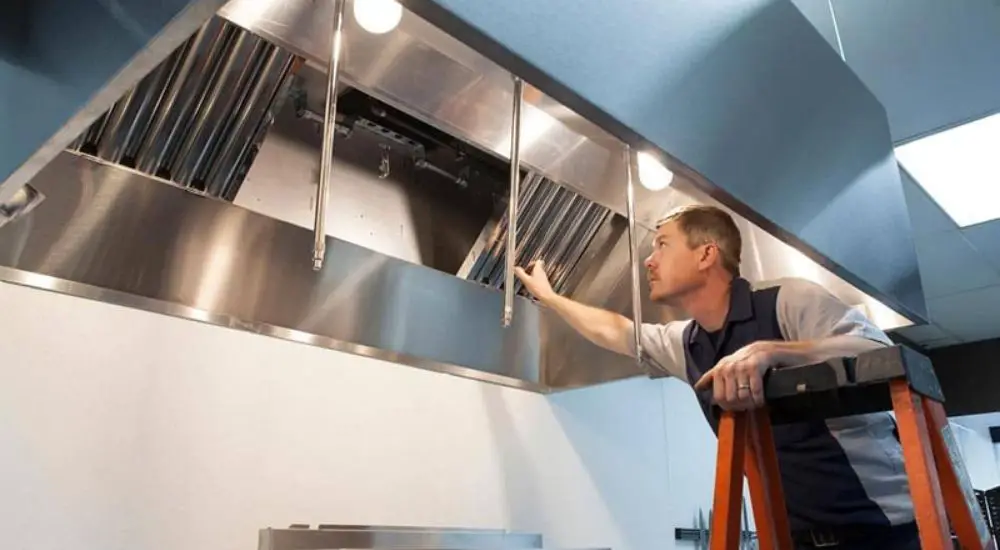
As a business owner, it’s essential to reduce unnecessary work for your staff while improving fire safety. Replacing your current grease duct opening with a reliable and dedicated access door can significantly speed up the cleaning process and enhance its effectiveness in removing oil build-up.
